— 10 min read
Construction PPE: What Contractors Need for Jobsite Safety
Last Updated Sep 1, 2024
Last Updated Sep 1, 2024
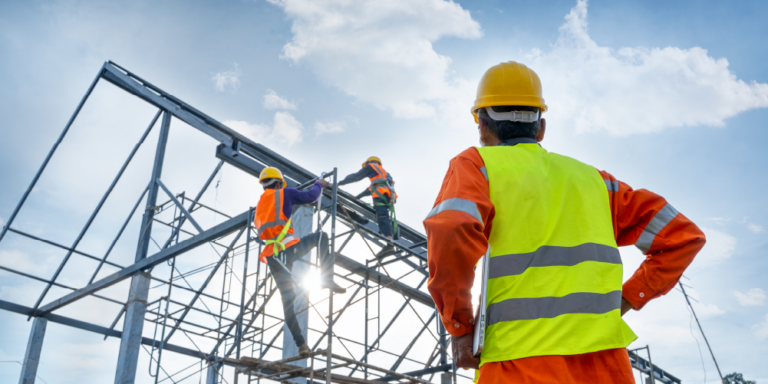
Personal Protective Equipment (PPE) is one of the cornerstones of construction work. It helps protect workers from various hazards that they may encounter on the job, including falling objects, exposure to harmful chemicals, electrical hazards, and more.
However, simply wearing PPE is not enough. It must be properly fitted in order to provide necessary protection for construction workers. Construction companies and employees should be knowledgeable about how to use and wear PPE correctly. In this article, we’ll explore PPE requirements for industry workers and the importance of properly fitted protective equipment for construction workers with varying body types.
Table of contents
OSHA requirements & PPE
According to the Occupational Safety and Health Administration (OSHA), employers are responsible for requiring workers to wear the appropriate PPE in all operations where there is exposure to hazardous conditions or where specific OSHA standards require PPE to reduce hazards to workers.
While Standard 29 CFR 1926.28(a) states that employers are responsible for requiring their workers to wear appropriate PPE to protect them against certain hazards in the workplace, OSHA’s general industry regulations do not specifically address this issue as it applies to the construction industry.
There are, however, specific OSHA standards to address the protection of construction workers’ feet, head, hearing, eyes, and face, as well as standards specific to respiratory protection, fall protection, working over or near water, and working in and around excavations.
Additionally, OSHA mandates that all PPE must meet or be equivalent to standards developed by the American National Standards Institute (ANSI).
Employers are required to train each worker required to use PPE to know the following: when PPE is necessary, what type of equipment is necessary, how to properly wear and adjust the equipment, how to understand the equipment’s limitations, and the proper ways to care for, maintain, and dispose of the equipment.
It’s important for employers to use OSHA standards for PPE as a baseline for their protective equipment, but implementing additional requirements can be beneficial. It is common for construction project owners, general contractors, and specialty trades to have their own PPE requirements for site personnel, and their own employees, that exceed the minimum OSHA standards.
Check out the Top OSHA Violations in Construction for 2021.
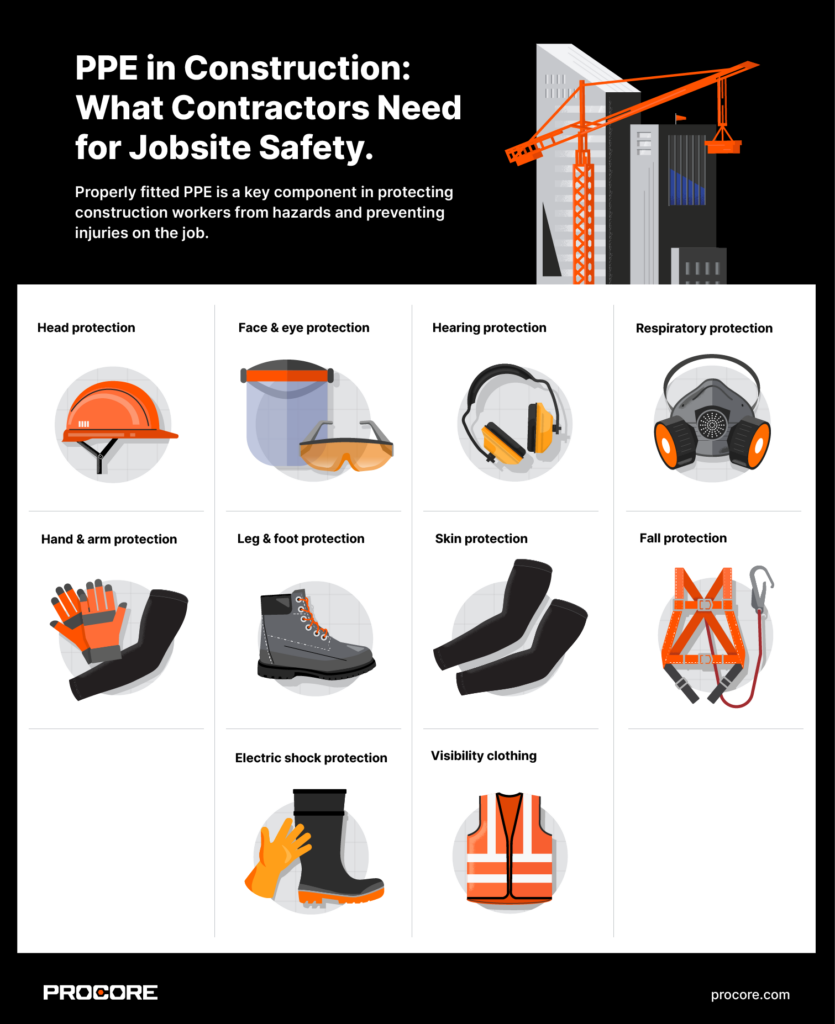
10 types of construction PPE
There are several different types of PPE used to help keep construction workers safe from specific hazards while on the job. In order for the equipment to be fully effective, however, it must be properly fitted to each employee.
If PPE is too loose, it may fall off or shift during work, leaving workers exposed to hazards. If it is too tight, it may cause discomfort or even restrict movement, making it difficult for workers to perform their jobs safely and to satisfaction.
Below are some examples of common types of PPE and how they protect workers from onsite hazards.
1. Head protection
According to OSHA, any construction workers who are vulnerable to head injury from impact, falling or flying objects, or electrical shock and burns, must wear protective helmets while on the job.
Hard hats help to protect against common head injuries. If a hard hat is too loose or not properly secured, it may not provide the necessary protection needed to prevent injuries. The hard hat could fall off exposing workers to falling objects. However, if the hard hat is too tight, it may cause discomfort or even headaches.
Courses about construction.
For construction.
Unlock your career potential with our free educational courses on Health & Safety, Data in Construction, and more.
2. Face & eye protection
Employers must ensure that workers use appropriate eye or face protection, including side protection such as clip-on or slide-on side shields, to prevent exposure to flying debris, splash from liquid chemicals, and other hazardous materials.
If a construction worker’s eye protection isn’t fitted properly to their face, it could lead to serious injuries. Ill-fitting glasses may slip down the nose or fog up, while tight glasses may cause discomfort or even pain.
Workers could be subject to sharp particles entering their eye, gas exposure, or even loss of an eyeball. Because of this, OSHA requires PPE training for construction workers to be aware of potential hazards and know how to correctly put on their gear.
3. Hearing protection
When noise levels can’t be reduced below specified levels, ear protection must be provided to ensure protection for workers.
Earplugs or earmuffs are often worn to protect workers from loud noises on construction sites. Devices worn in-ear must be fitted properly. If not, these items may not provide enough protection. Loose earplugs may fall out, while tight ones may cause discomfort or even ear infections.
See the table below for permissible noise levels, and the amount of hours that OSHA allows workers to be exposed to them without hearing protection.
| Duration per day (hours) | Sound level dBA slow response |
| 8 | 90 |
| 6 | 92 |
| 4 | 95 |
| 3 | 97 |
| 2 | 100 |
| 1.5 | 102 |
| 1 | 105 |
| 30 minutes | 110 |
| 15 minutes or less | 115 |
Learn more about protecting workers and reducing construction noise pollution.
4. Respiratory protection
Respiratory protection reduces worker exposure to harmful chemicals, dust, and other respiratory hazards. However, if a respirator is not properly fitted, it may not provide adequate protection. A loose respirator may not create a proper seal, while a tight one may cause discomfort or even breathing difficulties.
5. Hand & arm protection
Gloves are an important piece of PPE for construction workers, as they protect against cuts, abrasions, and other hand injuries. However, if gloves are not properly fitted, they may not provide adequate protection. Loose gloves may fall off or snag on equipment, while tight gloves may cause discomfort or even restrict movement.
6. Leg & foot protection
Protective footwear must be worn in areas where falling or rolling items, sharp or sole-piercing objects, or electrical hazards are present. Additionally, workers’ feet and legs must be protected in case of explosions, static electricity, and exposure to hot substances or corrosive materials.
OSHA mandates that all foot protection for construction workers meet the ASTM International’s standards under test methods for foot protection and specification for performance requirements for protective toe cap footwear.
7. Skin protection
According to OSHA, hand contact is one of the main risks of dermal exposure to hazards. Similar to the requirements for hand protection, workers should wear gloves that are appropriate for the scope of work being performed.
For example, welders or iron workers may need gloves with thermal protection to keep their hands and arms safe from materials used at extremely hot temperatures.
8. Fall protection
Falls are the leading cause of accidents (and OSHA violations) on construction jobsites. Construction workers performing work on leading edges (or walking or working near an unprotected edge) six feet or more above ground must use fall protection, including guardrail systems, safety net systems, or by wearing personal fall arrest systems.
Fall arrest systems include anchorage connectors, a harness, and either a lanyard, deceleration device, lifeline, or a combination of the three. Because these systems distribute impact through workers’ thighs and buttocks, they should be adjusted to fit securely each time they’re put on to help keep workers stable in case a fall occurs.
9. Electric shock protection
Electrical hazards are a common risk on construction sites. In order to protect workers from shock or other injuries due to these risks, proper protective equipment needs to be provided. OSHA’s guidelines define the specific rubber insulating blankets, rubber insulating matting, rubber insulating covers, rubber insulating line hose, rubber insulating gloves, and rubber insulating sleeves that workers should wear.
PPE for electrical contractors includes head-to-toe equipment that can minimize exposure to arc flash, shock, burns, and other electrical-related dangers.
10. Visibility clothing
Struck-by hazards are among the most common causes of accidents in and around construction sites. This risk can often be mitigated by improving the visibility of workers to vehicle drivers and equipment operators.
OSHA requires work areas to be illuminated for safety and visibility. But construction workers – especially those working alongside or near roads and highways – can still be difficult to spot by motorists if they aren’t wearing high-visibility clothing.
OSHA standards require these employees to wear high-visibility garments in two specific circumstances:
- When they work as flaggers
- When they are exposed to public vehicular traffic near excavations
Other construction workers in these areas should adhere to OSHA’s General Duty Clause, which requires protection for workers against recognized hazards that could cause serious injury or death.
In addition to federal regulations, OSHA also has state-specific requirements for 22 states in the U.S. Construction firms should be familiar with both local and national mandates in order to remain compliant and increase safety precautions for their employees.
Addressing PPE needs of women & minorities
Since the OSHA Health and Safety of Women in Construction report of 1999, and even in publications before it in the 1990s, women in the trades have expressed their dissatisfaction with the lack of options for properly fitting PPE.
Lack of communication and understanding of the needs of women and minorities in the construction industry has given employers, PPE manufacturers, and suppliers a false sense of what is actually needed by workers. Due to this, these underrepresented people groups are still experiencing the same lack of available PPE that they were subjected to in the above report.
A BMG Global Health study revealed that respiratory protective equipment (RPE) is designed for the facial dimensions of Caucasian white males. This places Black, Asian, and Minority Ethnic (BAME) women at higher risk due to ill-fitting masks worn during the COVID-19 pandemic.
Similarly in construction, PPE designed to fit Caucasian male body types may have to be altered by women in the industry in order to get a proper fit and ensure their safety while working on jobsites.
For example, hard hats designed for low-cut or sleek hairstyles make it difficult for textured hair types, or women who wear religious coverings to wear them correctly. PPE for women should adhere to body measurement data to ensure proper fit. If the equipment does not fit or is damaged, the employer should provide a suitable replacement.
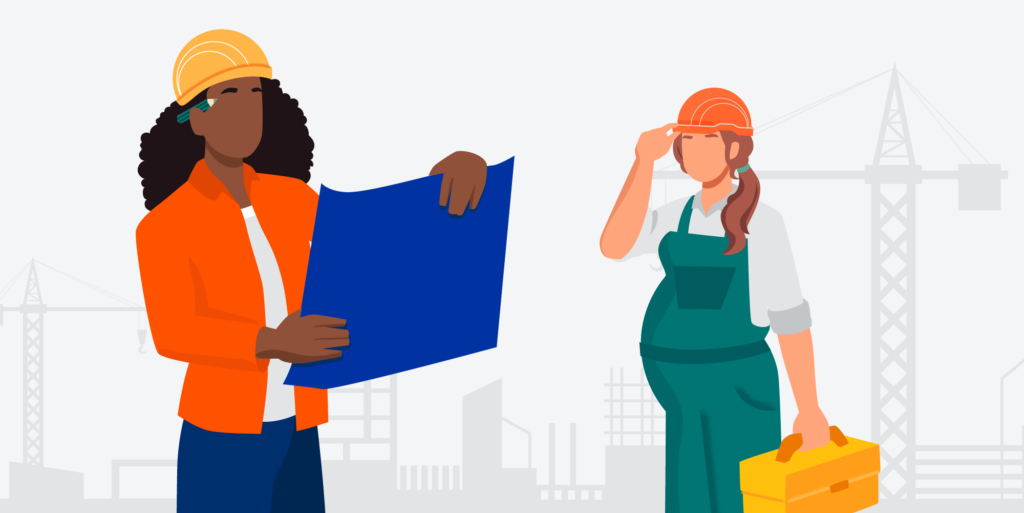
Additionally, phases of life changes such as pregnancy, post-partum, and menopause can also alter the need for the fit of workers’ PPE. Offering PPE with adjustable features such as high-visibility vests with velcro fastening may help pregnant people who are experiencing expansion in the midsection. Including stretch elastic waistbands and multiple ways to adjust PPE not only meets the needs of pregnant and postpartum workers, but also those undergoing medical treatments, recovering from surgery, experiencing weight gain or loss, or other health concerns.
Providing opportunities for women in construction to evaluate and provide feedback on PPE to inform personal protection equipment suppliers, distributors, and manufacturers of their actual needs is necessary in order for women to receive more efficient protective equipment.
Properly fitted protective equipment for all bodies is essential for every jobsite
Construction workers need access to properly fitted PPE that is suitable for diverse body types. Although this need is inching closer to becoming an industry standard, there are still many hurdles before this practice becomes the norm.
Employees should have equipment that can be adjusted or tailored to fit their bodies, including any changes their bodies may undergo due to weight fluctuation, health changes, or pregnancies. It is also important for protective equipment manufacturers and construction companies to provide opportunities for workers to give feedback on their PPE needs.
The one-size-fits-all approach is not only impractical, but it also significantly compromises the protective quality of the equipment, exposing workers to unnecessary risks.
Employers should commit to providing PPE that accommodates all body types across varying genders, races, and other differing factors among workers. These efforts help make it possible for all workers to perform their duties safely and efficiently.
For additional information, and best practices on providing efficient protective equipment for construction workers, check out Procore’s Safety Qualified course: Suiting Up for Safety - A Guide to Meeting the PPE Needs of a Diverse Workforce.
this is part of the series
Construction Safety Basics
Was this article helpful?
Thank you for your submission.
100%
0%
You voted that this article was . Was this a mistake? If so, change your vote here.
Scroll less, learn more about construction.
Subscribe to The Blueprint, Procore’s construction newsletter, to get content from industry experts delivered straight to your inbox.
By clicking this button, you agree to our Privacy Notice and Terms of Service.
Categories:
Tags:
Written by
Anthresia McWashington
19 articles
Anthresia McWashington is a Content Manager at Procore. She previously worked as an editor and reporter for Gulf Energy Information and Houston Media Group. She earned her BA in Communications and Journalism from the University of Houston. Anthresia loves track & field and practicing her French. She lives in Houston.
View profileReviewed by
Abby Ferri
Abby Ferri is an influential and award-winning expert in global risk management and worker safety with more than two decades of experience. She is a passionate advocate for advancing women in EHS leadership, ethical technology integration, and STEM education, co-founding the globally recognized "Safety Justice League" podcast and authoring two books. Abby also serves as an adjunct professor and is active in her local community, contributing to advisory groups focused on thoughtful AI strategy and equitable access to STEM careers. Her leadership and innovative approaches continue to shape the future of workplace safety and education.
View profileExplore more helpful resources

The Strategic Partnership Between Construction Safety and HR
A construction safety manager’s role is significant: It entails broad oversight over the construction workplace to prevent incidents that could cause worker injury or property damage. In addition to this...
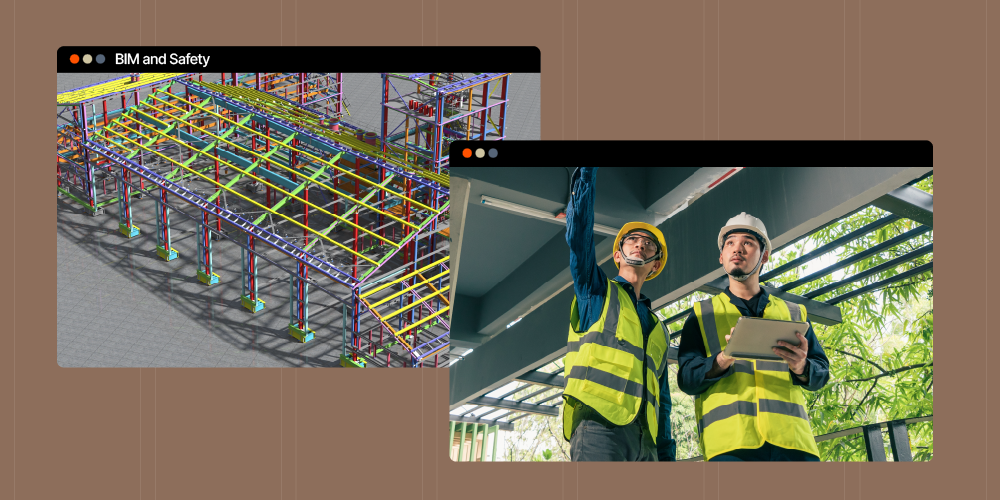
Enhancing Construction Safety with BIM Technologies
The construction industry is no stranger to tools: Even ancient civilizations developed mallets and axes to make their work easier. Today’s latest tools look different, but they can be as instrumental...
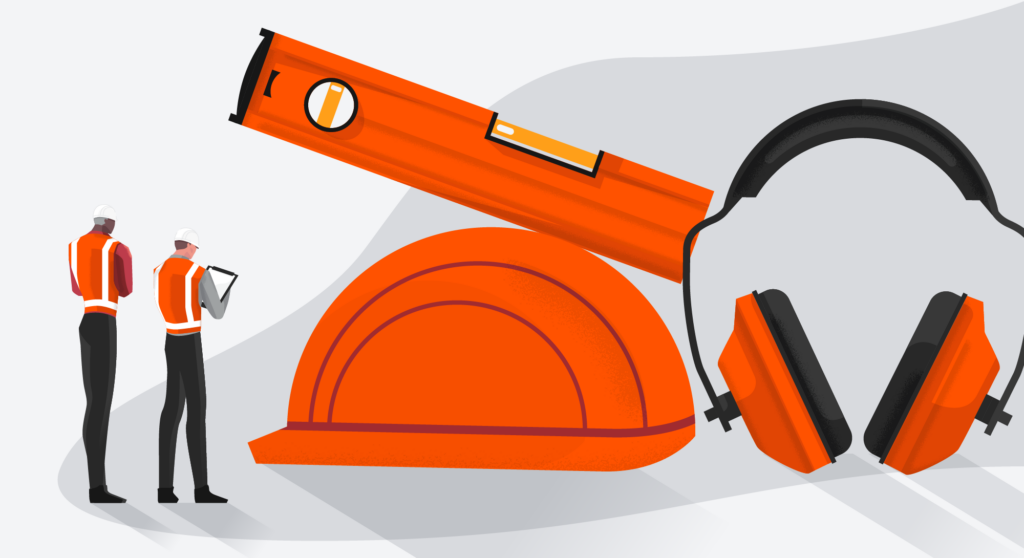
Construction Safety Training – Goals, Benefits & Emerging Trends
Construction safety training (CST) educates workers about the risks they face on construction sites and teaches them how to prevent accidents, injuries and fatalities. The construction industry has the highest...
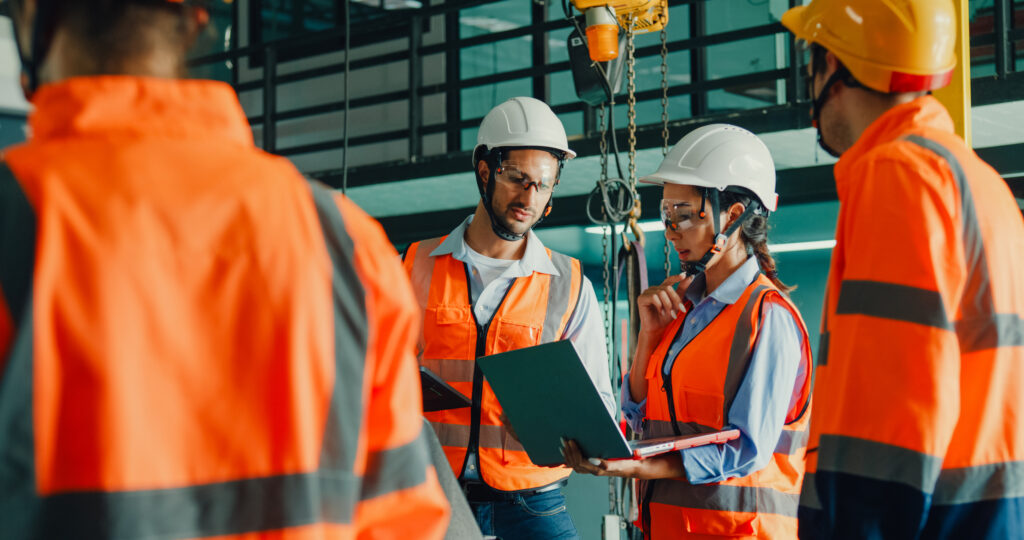
Technology for Construction Safety: Strategies to Supercharge and Scale Safety Practices
The construction industry is no stranger to the arrival of new technology, and builders are realizing its many benefits. Modernization across the industry is helping contractors streamline operations, enhance efficiency,...